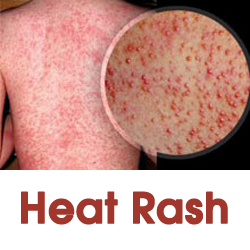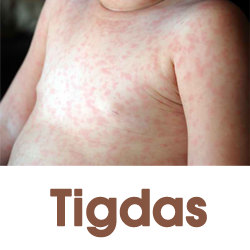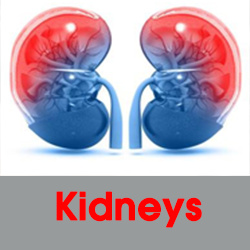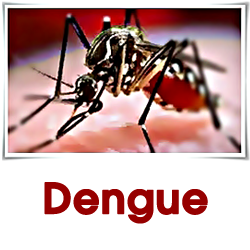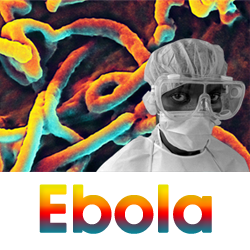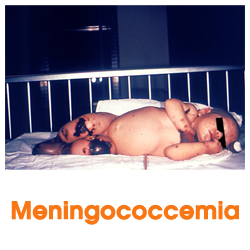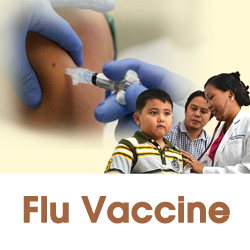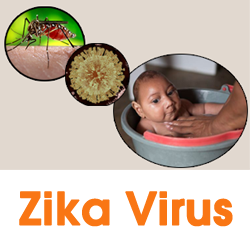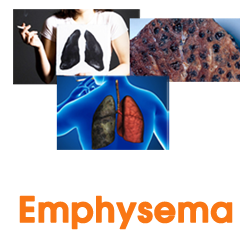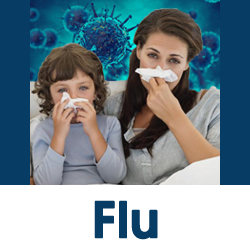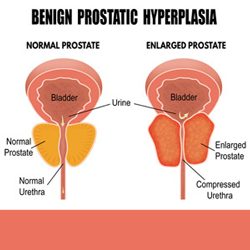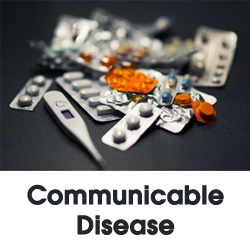Health Tips!
HIV-AIDS
By: Ronaldo V. Mendoza, MD, MBA in Health
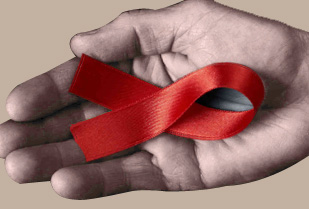
AIDS is one of the deadly diseases in human history. The World Health Organization (WHO) in 2011 has determined the global prevalence to 0.8% with most cases concentrated in Africa (one in 20 adults). Data from WHO showed that of the 95 million people from 119 countries tested in 2010, 34M people came out positive and are living with HIV/AIDS. About 69% of HIV positives came from the Sub Saharan African Region. There are 1.7M deaths worldwide.
More than 20 years ago (1982), doctors in the United States identified the first cases of AIDS in New York and San Francisco. Since then, more than 70 million people have been infected and 35 million have died. In the US alone, one person becomes infected every 9 minutes.
AIDS is caused by the human immunodeficiency virus (HIV). HIV destroys the CD4 helper lymphocyte, a type of defense cell in the body. These lymphocytes are part of the body's immune system, the defense system that fights infectious diseases. As HIV destroys these lymphocytes, a person with the virus begins to get serious infections — that is, they become immune deficient. Thus the name for this condition is acquired immunodeficiency syndrome (AIDS).
As the medical researchers learn more about how HIV works, they've been able to develop drugs, antiviral medications to inhibit it. These drugs have been successful in slowing the progress of the disease. People with the disease now live much longer. But there is still NO CURE for HIV and AIDS. People who have AIDS tend to keep getting sicker, especially if they are not taking antiviral medications properly.
HIV is transmitted from an infected person to another person through blood, semen, vaginal fluids, and breast milk, unprotected oral, vaginal, or anal sexual intercourse, sharing needles, such as needles used to inject drugs (including needles used for injecting steroids and those used for tattooing). Because of blood testing, it's now extremely rare for someone in developed countries to get HIV through a blood transfusion.
People who have other sexually transmitted diseases such as syphilis, genital herpes, chlamydia, gonorrhea are at greater risk for getting HIV during sex with infected partners. A newborn baby can catch the virus from her HIV positive mother before birth, during the birthing process, or from breastfeeding.
Once a person's blood lacks the number of CD4 / helper T cells required to fight infections, or the person has signs of specific illnesses or diseases that occur in people with HIV infection, doctors make a diagnosis of AIDS. Severe symptoms of HIV infection and AIDS may not appear for 10 years. The amount of time it takes for symptoms of AIDS to appear varies from person to person. Some people may feel and look healthy for years while they are infected with HIV. It is still possible to infect others with HIV, even if the person with the virus has absolutely no symptoms. You cannot tell simply by looking at someone whether he or she is infected.



